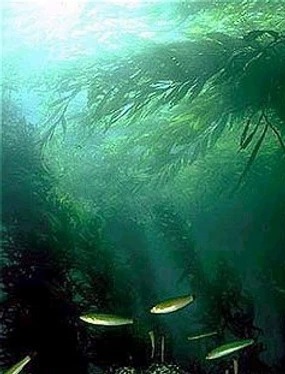
Kelp grows in giant ‘kelp forests’ in the shallow waters of the world’s oceans. Us land lubbers have used kelp for hundreds of years in glass production, soap making and even as a thickener for products such as ice cream and toothpaste. But until fairly recently, though, most people didn’t know about the ways kelp can benefit your garden.
According to The National Gardening Association, kelp contains, “a veritable soup of plant-growth stimulants, vitamins, chelating agents, trace minerals, enzymes, and amino acids,” many of which aren’t found anywhere else. Some of the benefits of these micro-nutrients include enhanced root growth, improved soil water and nutrient uptake and better resistance against a variety of environmental stresses like heat, drought and pests.
Of course, kelp isn’t a total cure-all. For all it’s micro-nutrients, it doesn’t contain many macro-nutrients – the “NPK” of nitrogen, phosphorous and potassium – so you’ll still need to use a traditional fertilizer. And as an organic amendment, the results from kelp usage aren’t as uniform as those you’d get from a synthetic source. But kelp is perfect first aid for stressed or struggling plants.
When we see our plants looking sad and droopy, our first impulse is to run in with fertilizer blazing. But high nitrogen fertilizers can put a plant to go into overdrive trying to produce unnecessary new growth which will only stress the plant out further. In contrast, kelp will provide extra nutrients and reduce stress, gently nudging the plant toward recovery.
Kelp comes in both dry and liquid forms. Both forms are effective, but for different things. Dry kelp is best used as a soil amendment, to introduce beneficial microorganism and stimulate microbial activity. To help revive a stressed out plant or to add extra nutrients to veggies, a liquid kelp applied as a foliar spray is your best bet. Just gently spray the plant until the solution drips off the leaves. The kelp will be quickly absorbed and can start working in a matter of days. Apply liquid kelp one or two times during the season to keep your plants healthy and green.
So, when your plants start looking a little sad during the late summer, they might just need a little kelp from their friends!
